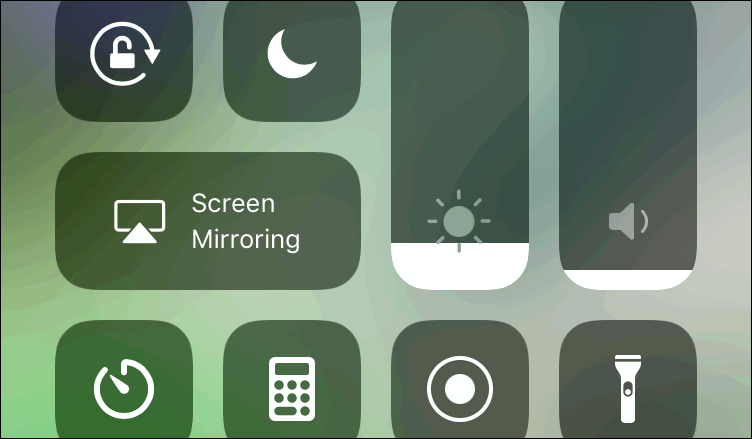

All users of that device would receive the same baseline mapping and, while using the device, move the brightness slider around to set their global adjustment factor.
ANDROID 11 BRIGHTNESS SLIDER ANDROID
Prior to Android P, when developing a new Android device the device manufacturer would determine a baseline mapping from ambient brightness to screen brightness based on the display manufacturer's recommendation and a bit of experimentation. This means you may need to move the slider farther to the right than you did on previous versions of Android for the same absolute screen brightness, and that when setting a dark screen brightness you have more precise control over exactly which brightness to set. To match this difference in perception, we updated the brightness slider UI in the notification shade and System Settings app to work on a more human-like scale. That means changes in screen brightness are much more noticeable when the screen is dark versus bright. Humans perceive brightness on a logarithmic rather than linear scale 1. That means that you may see it move on its own while Adaptive Brightness is on. The slider control now represents absolute screen brightness rather than the global adjustment factor. Personalization of the brightness level.To improve this experience, we've introduced two important changes to screen brightness in Android Pie:


But, because that adjustment would boost the brightness at all ambient light levels, you might find yourself needing to move the brightness slider back down in brighter ambient light. So, under low ambient light conditions, you might prefer a brighter screen than the preset level and move the brightness slider up accordingly. * Setting the slider to the right of center applied a positive scale factor, making the screen brighter than the preset. * Setting the slider to the left of center applied a negative scale factor, making the screen dimmer than the preset. * Setting the slider to center resulted in the device using the preset. Prior to Android Pie, the brightness slider didn't represent an absolute screen brightness level, but a global adjustment factor for boosting or reducing the device manufacturer's preset screen brightness curve across all ambient light levels: While enabled, Android automatically selects a screen brightness that's suitable for the user's current ambient light conditions. In Android Pie, Adaptive Brightness is enabled by default (Settings → Display → Adaptive Brightness). Screen brightness in Android is managed via Quick Settings or via the settings app The improved Adaptive Brightness feature in Android P automatically manages the display to match your preferences for brightness level so you get the best experience, whatever the current lighting environment. The screen on a mobile device is critical to the user experience.

ANDROID 11 BRIGHTNESS SLIDER SOFTWARE
Posted by Ben Murdoch, Software Engineer and Michael Wright, Android Framework Engineer


 0 kommentar(er)
0 kommentar(er)
